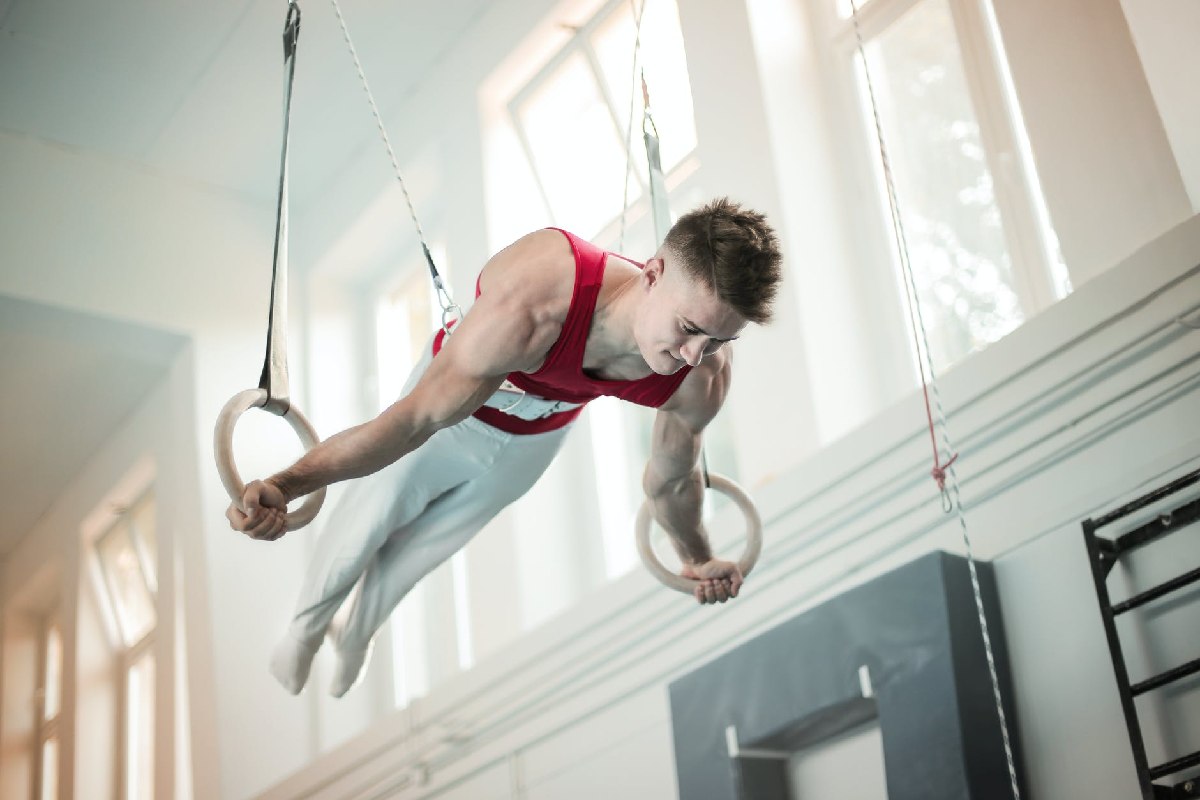Top 7 benefits of the Pilates method. – Although the benefits of a regular practice of Pilates go beyond 7, this list makes it possible to underline, on the one hand the importance of a practice of a physical activity in order to fight against the effects of a sedentary lifestyle, on the other hand the specific interests of this practice.
If you don’t practice Pilates, I hope this will inspire you to give it a try.
If you are already practicing this method, is a particular benefit that you have felt listed?
I’ll let you comment at the end of the article!
Table of Contents
1 Pilates: global muscle strengthening.
Unlike some forms of exercise, Pilates takes into account the whole body.
The sessions are designed to promote strength and balanced muscle development, but also flexibility.
Attention to the “Core”, or breath and body awareness, allows for quality training and provides a level of holistic (complete) fitness that is hard to find elsewhere. This is one of the details why Pilates is popular in rehabilitation circles, as well as athletes who find Pilates an excellent foundation for any type of movement they need to achieve.
2 Pilates: adaptability.
Whether you’re a beginner just starting out, a seasoned athlete, or somewhere in between, the fundamentals of Pilates movement apply to you.
This method, based on core strength, focuses on proper alignment and an integrative mind/body approach that makes this practice accessible to everyone.
A leitmotif: few repetitions but qualitative movements are better than a lot of movements done in a disorderly way.
With hundreds of exercises and possible modifications, Pilates workouts can be tailored to individual needs. There are ways to modify the exercises and even specific exercises for men!
3 Pilates: forges tapered muscles.
Classical dancers were among the first to take an interest in this method. They have understood that this allows them to develop toned muscles without making them swell.
Thus, you exercise to train functional muscles that help you in your daily life .
The Pilates method creates long, strong muscles by taking advantage of a type of muscle contraction called eccentric contraction.
4 Pilates: improves flexibility.
In Pilates, you work towards a gentle increase in muscle length and stretch and range of motion in joints.
The exercises offered, worked with full awareness of your breathing, intelligently mobilize our joints and muscles to maintain our flexibility.
Having a body that can bounce and bend is a body that adapts to the flow of our busy lives.
5 Pilates: develops core strength.
The core powers of the body are the deep powers of the back, abdomen, and pelvic floor. These muscles are kind of guy ropes that support your posture, make your back strong and flexible, and promote functional and efficient movement.
When our Core is strong, your whole body is supported. Your neck and shoulders can relax, and the rest of your muscles and joints are free to do their job.
An added benefit is that the workout promotes flat abs. Pilates can help you learn to work your abs without pushing the viscera forward or relaxing the perineum.
6 Pilates: promotes good position.
Good position a reflection of good alignment supported by a core, a strong center. It is a location from which one can move freely.
Starting with the fundamentals of Pilates movements, and progressing through exercises on mats and equipment (like the famous reformer), Pilates trains the body to express itself with strength and harmony.
People who practice Pilates often have excellent posture. This is also a reason why people do Pilates for back pain for example.
7 Pilates: body/mind work.
Joseph Pilates was adamant that his method (called “contrology” at its inception) linked “the complete coordination of body and mind”.
It is a secret of his method. When we practice each movement with full attention, body and mind come together to get the most out of each exercise.
The principles of Pilates – centering, concentration, control, precision, breathing and flow – are key concepts used to integrate body and mind.

